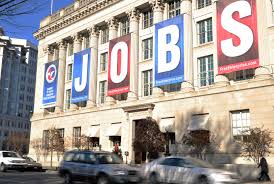Australian equities: US jobs data likely to produce volatility
Written and accurate as at: Jun 08, 2016 Current Stats & Facts

The Australian equity market ended its seven-week run of positive weekly gains last week, dropping -1.5% as both the banking and resource sectors lost ground.
The general trends that drove markets higher over the past couple of months may see a significant reversal this week – and possibly for several weeks to come – as a result of Friday night’s disappointing US non-farm payroll figure. The addition of only 38,000 jobs in May, versus 162,000 expected, caught the market by surprise.
The prevailing view has been that relatively soft US economic activity data, such as the ISM, would improve to match what has been robust labour market data. This weak payroll print, should it persist, would suggest that the opposite has happened.
There were one-off factors in the result such as the strike at Verizon Communications, which alone counted for a reduction of over 35,000 jobs as unpaid – striking workers are considered as unemployed for the purposes of this survey. Even adjusting for this and taking the rolling 3 month job numbers, still leaves the underlying non-farm payroll rate at about 127,000, which is as weak as it has been since May 2015.
Should this rate persist, it would preclude any further tightening of the labour market and drastically reduce the likelihood of further rate hikes by the Fed; the chance of a July hike has fallen from 60% to 30% following Friday’s announcement. As a result, bonds and gold rallied, while the US$ fell, with the AU$ gaining 2% against it over the weekend.
The implications for the Australian market is that bond-sensitives such as REITs and infrastructure stocks are likely to outperform, along with resources as commodity prices respond to a weaker USD, while companies with offshore exposure such as health care are likely to be under pressure.
Whether this is a short-term trend, or has further legs, comes down to whether May’s weak job data is a one-off or indicates a deeper trend – something that won’t be revealed until June’s non-farm payroll figure. Given that we have a month until its release, we would not be surprised to see market expectations of US rate hikes remain subdued for several weeks, possibly prolonging these trends in sector performance.










